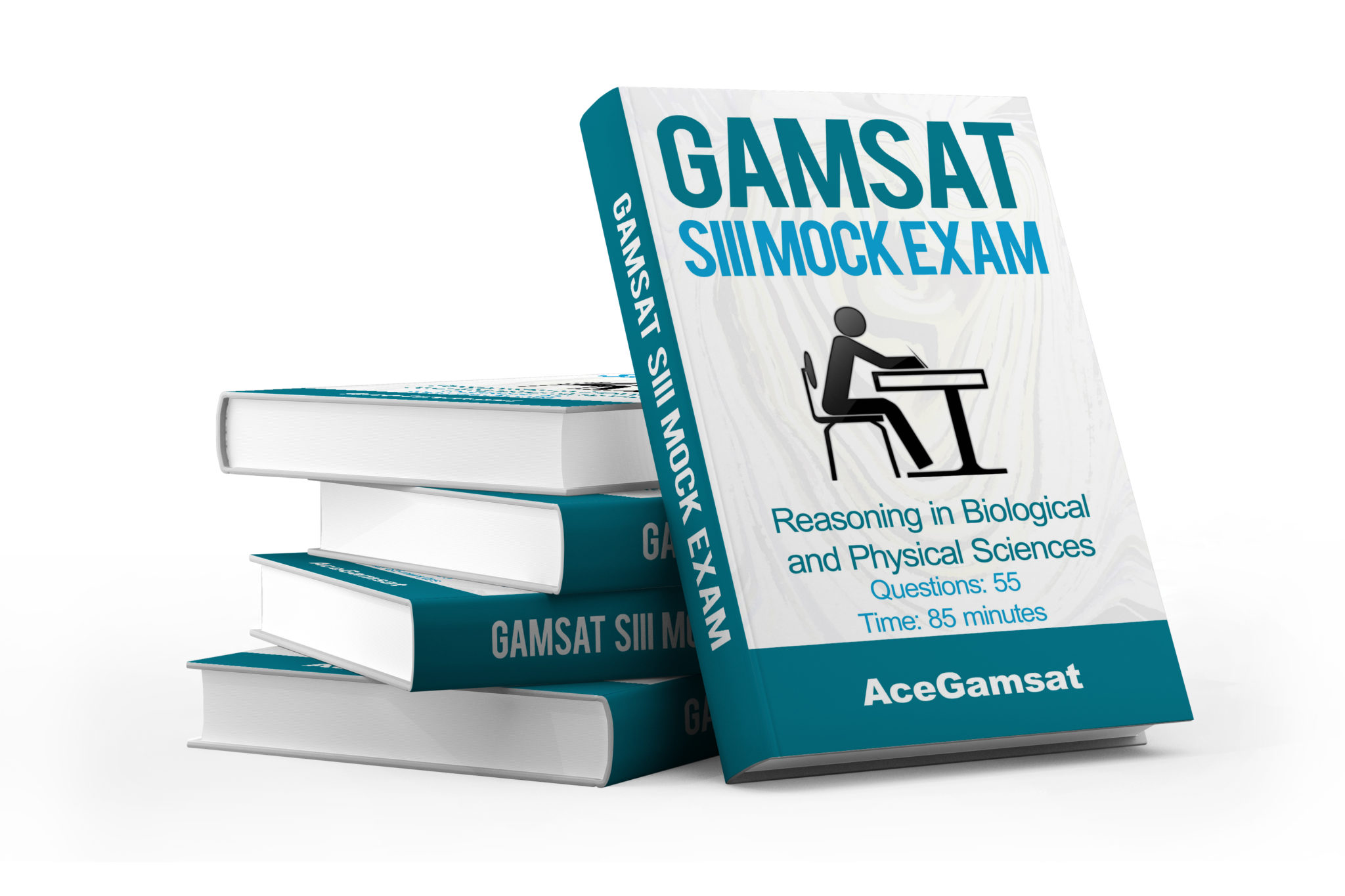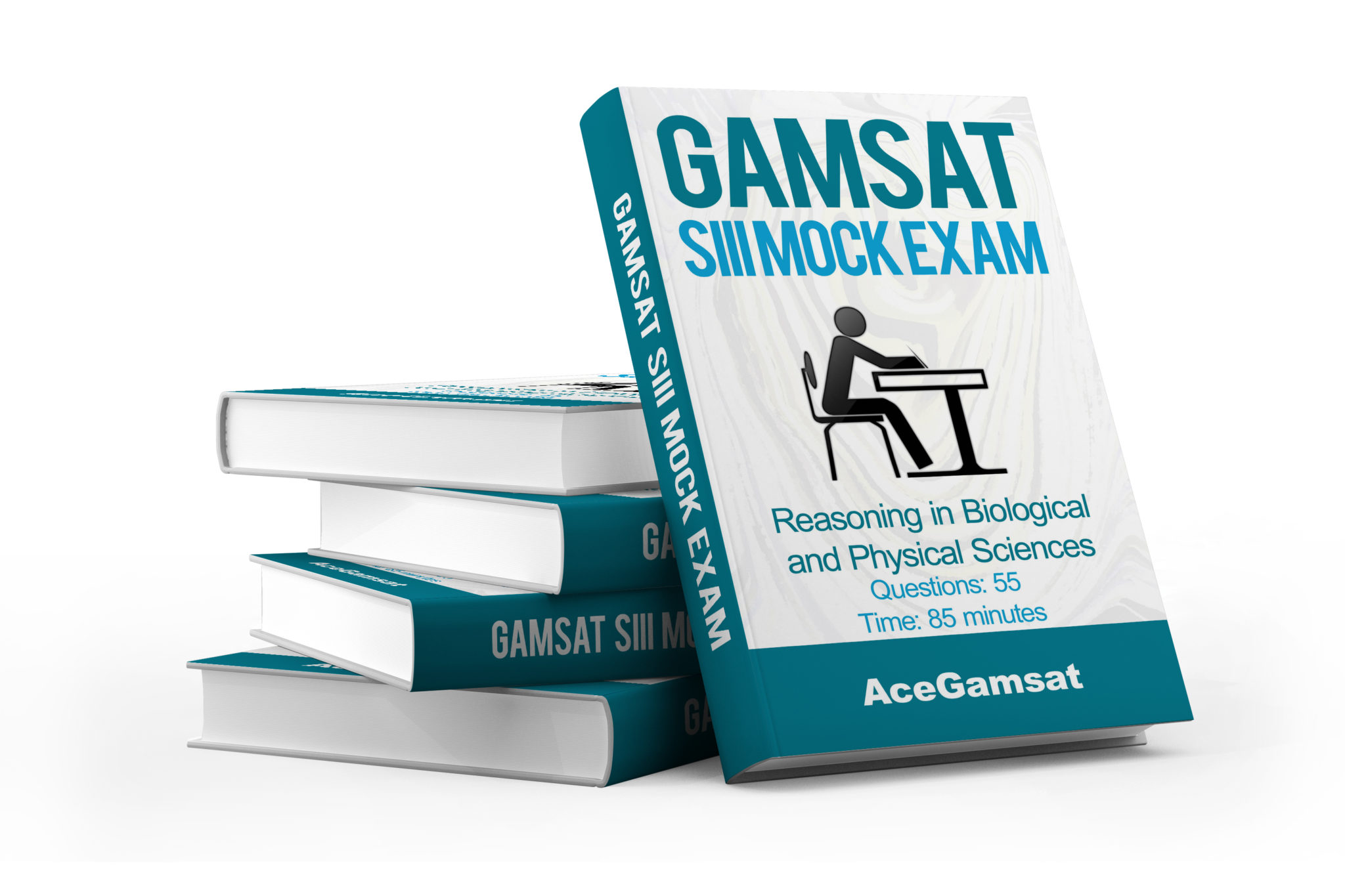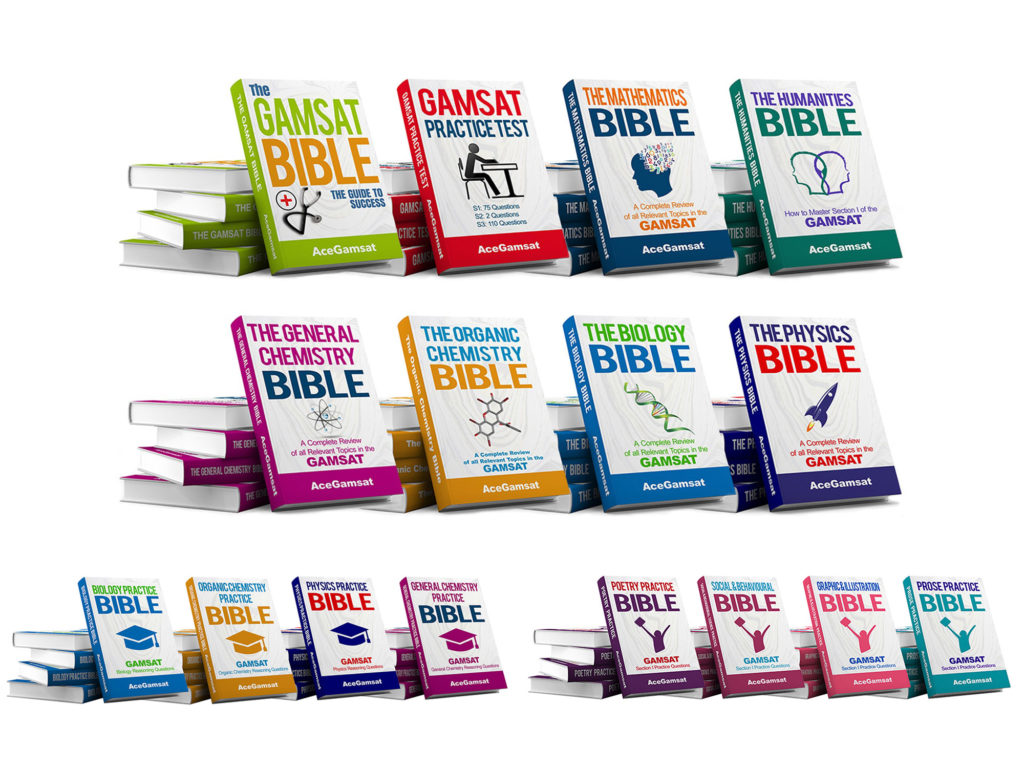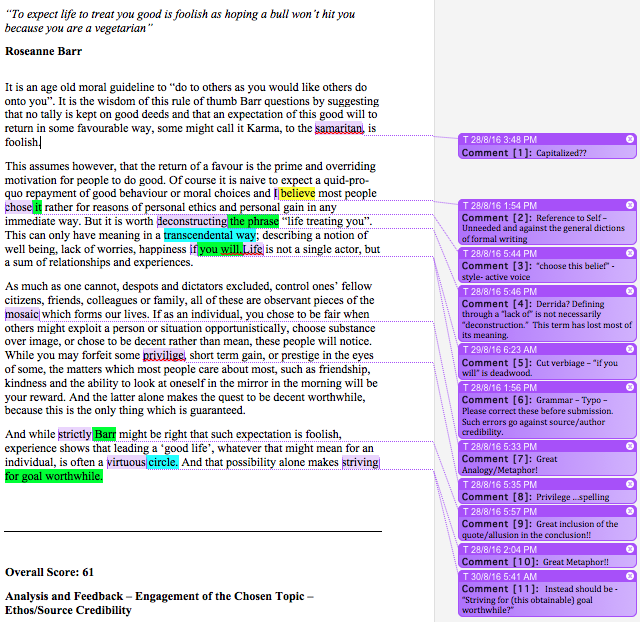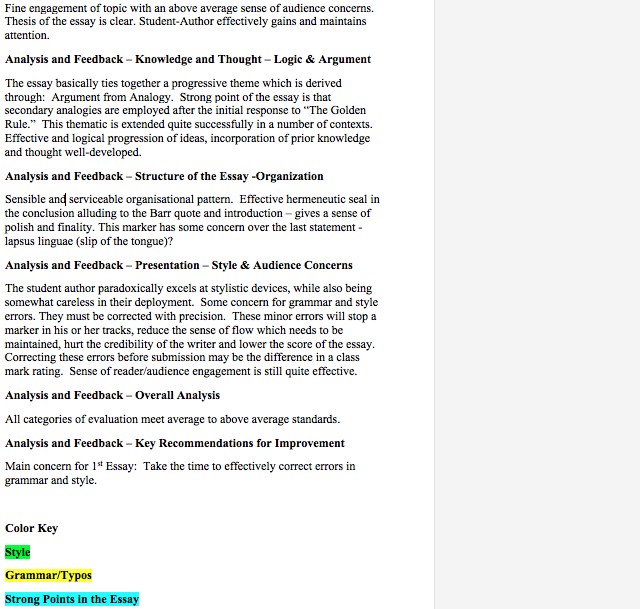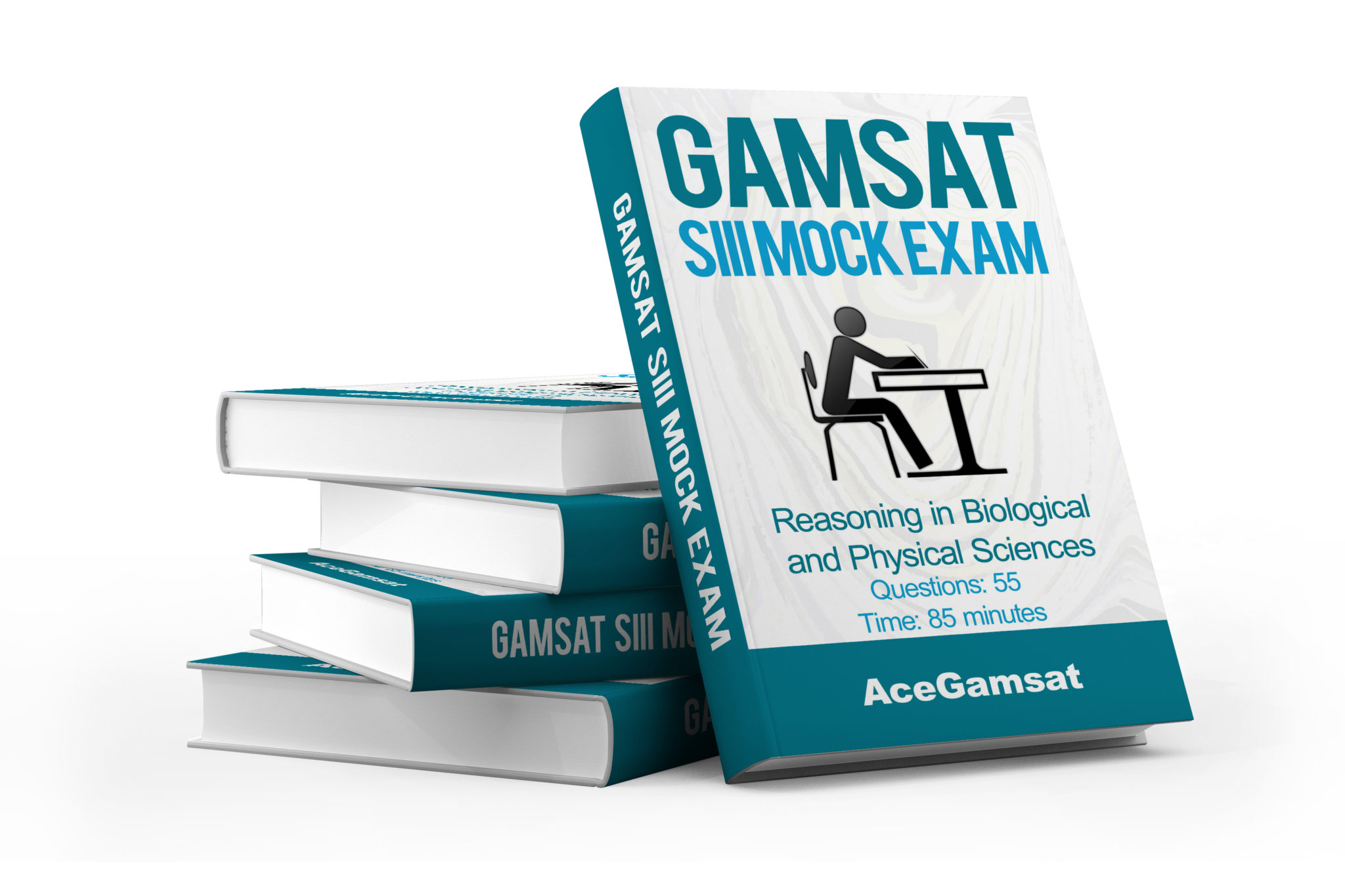What is the GAMSAT Exam Structure?
From: AceGAMSAT
Re: What is the Gamsat Exam Structure?
Not sure what to expect in the GAMSAT exam? Confused about Gamsat exam structure? Not to worry, you’re not alone! In this blog post we will cover the basic structure of the Gamsat exam along with some addition helpful hints and tips to help you navigate the contents of each section.
So grab a pen and paper and let’s get started!
What is the overall structure of the Gamsat exam?
The overall Gamsat exam structure consists of three sections (sections I, II and III), which each aim at testing different skills. Depending on which component of the exam you are completing, the format of the questions change slightly and you are allocated a unique amount of time to complete each section.
Ok! Let’s start with Section I!
In Section I you are basically testing your comprehension and critical thinking skills. (i.e. your ability to interpret written information, critically analyse this information and then use this information to answer questions).
You are given 10 minutes reading time and provided with a variety of stimulus types (ranging from newspaper articles and short story excerpts, to comics and diagrams) and asked to answer 75 multiple choice questions within 100 minutes.
The 75 multiple choice questions assess reasoning in the humanities and social sciences.
Hints and tips for Section I
- Organise your time between reading and answering the questions.
- Use a process of elimination to answer questions (i.e. it is much easier to ask yourself what is wrong with each answer versus which answer is the correct answer)
Ok got it…What about Section II?
Let’s see your writing skills! In Section II of the GAMSAT, you are given 5 minutes reading time and 60 minutes to answer two extended response-style questions.
You are provided with two sets of 5 quotes and asked to write an extended piece of writing in response to each set of quotes. Most people will write an argumentative essay and/or a reflective essay for this section.
In Section II you are basically being accessed on your ability to formulate an argument and compose an extended piece of writing, so theoretically, you could write anything! (i.e a short story, journal article etc).
Hints and tips for Section II
- Ensure that you know the features of the type of piece of writing you are going to produce (e.g. if you are going to write an argumentative essay, make sure that you know what is expected of this text type)
- Master those time management skills to ensure that you get through both of your pieces of writing.
- Practice as many essays as possible using our free Random Quote Generator
Awesome! So what is Section III about?
Great! We’re almost done. It’s time to test your scientific thinking skills! In Section III (the final section of the Gamsat exam structure) you are given 10 minutes reading time and 170 minutes to answer 110 multiple choice questions. The questions cover physics, biology and chemistry.
Hints and tips for Section III
- To avoid getting overwhelmed, have a plan when approaching your revision
- As you get closer to exam day, consider doing practice questions in favour of theory revision.
- Get a feel for the questions in the real exam with our free GAMSAT Practice Test
We hope that this post has helped you to demystify the Gamsat Exam Structure and helped you on your way to Gamsat success!
Happy studying!
Free GAMSAT Resources




